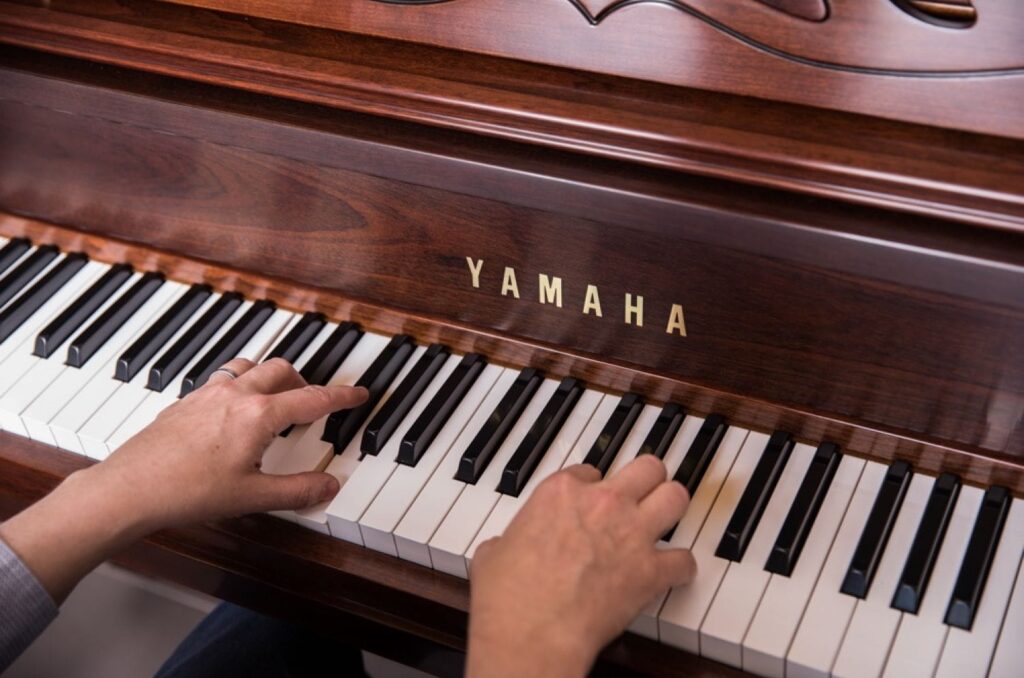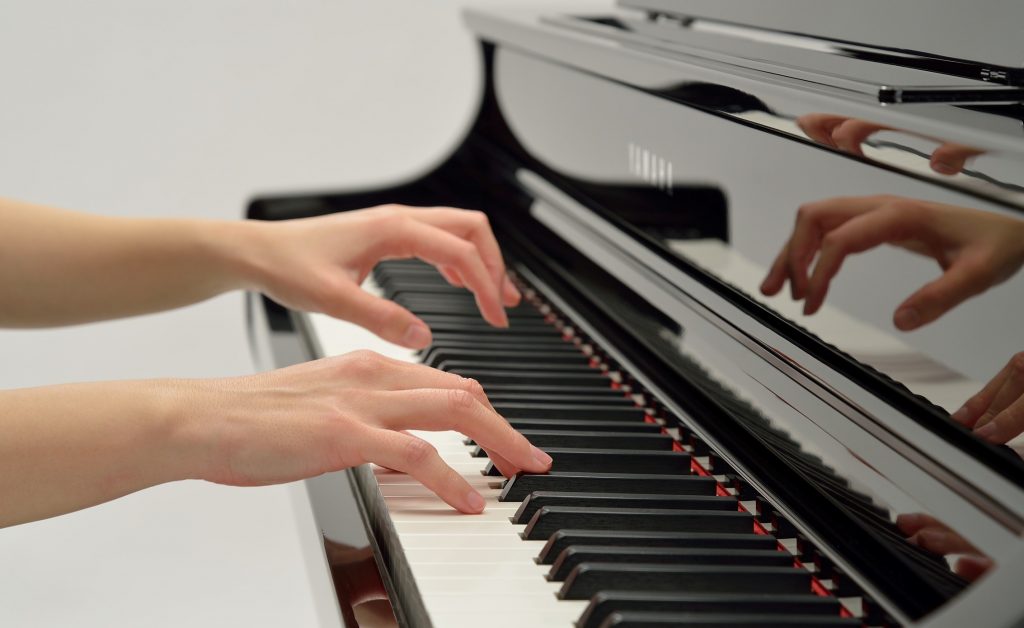Tagged Under:
Five Tips for Blending Keyboard and Guitar Parts
It’s all about communication.
The guitar is the second most popular and played instrument in the world. The first? Piano/keyboards, of course! So it’s very likely that you will find yourself in a situation where you are making music with a guitar player, whether accompanying a singer/songwriter, or playing in a band that includes the guitar.
Because both keyboard and guitar are commonly used to play chords and polyphonic parts (i.e., more than one note at a time), some care and planning needs to be taken so the two instruments work well together. Here are five tips for achieving a successful blend betweeen the two instruments.
1. Agree On The Chords
The most obvious issue whenever you are duetting with another instrument/vocalist is to first agree on what key you are going to play in, and what the chords are for the song you want to play. A vocalist might change the key from the original recorded version because it doesn’t fit their comfortable singing range, for example.
In addition, there may be a variety of acceptable chord choices for the tune. Some players like to use the simplest chord progression possible, while others will add more complex chords, and perhaps “jazz up” their arrangement too (see below). Be sure to talk this through ahead of time and come to an agreement on what version you and the guitar player are going to use.
2. Use The Same Chord Color Tones
Once you have defined the notes used in basic triads and seventh chords, more advanced players may start to add what are called color tones to their chord voicings, using ninths, sixths/thirteenths and other fancy additions. You need to find out if the guitarist you are playing with wants to do this, and if so, what choices they will make. A common clash of this sort can occur when you’re both playing dominant seventh chords and you choose to add a regular ninth, while the guitar player chooses the more dissonant, but common, sharp-ninth:
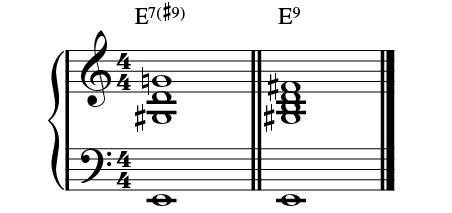
Many songs that just vamp (stay on one chord for long periods of time) will use one of these ninth colors, but playing them together at the same time sounds really bad, as you can hear in this audio clip:
3. Get In Rhythm
As a general policy, it’s best if only one of you supplies the rhythmic movement and momentum in the song, so decide in advance who will be the more dominant player. It is very common for guitar players to strum chords, especially when they are also the singer. If so, you should not play busy rhythms, as you’re likely to clash. Playing long chords and very simple parts is the way to go.
Another approach is to listen to the rhythm the guitar player is using, and try playing a simple pattern that supports any strong accents in their part. But don’t get too busy!
Let’s look at an example of how to do that — here’s another guitar strumming pattern:
Once again, you can use long sustained keyboard chords with a few accents that follow the pattern to support and mesh with the guitar player:
If the guitar player is playing a somewhat busy and melodic picking pattern, the same rules apply. Long sustained chords always work.
Taking a slightly rhythmic approach like this one can also support the guitar part well:
There will be songs that sound better, however, if the keys carry the rhythmic feel. If the guitarist agrees, they should lay back, play less, and let you provide the dominant part on the keyboard.
4. Stay Out Of Each Other’s Way
Another important consideration is where on the keyboard you opt to play your part. It helps if you and the guitarist avoid playing in the same octave. Playing the keyboard chords lower or higher up will allow each part to be heard more clearly, as you can hear in this audio clip:
Also, if the song has a signature guitar riff like the one below, you don’t want to be playing busy chordal parts over it.

Try playing the riff along with the guitar player, but perhaps an octave lower.
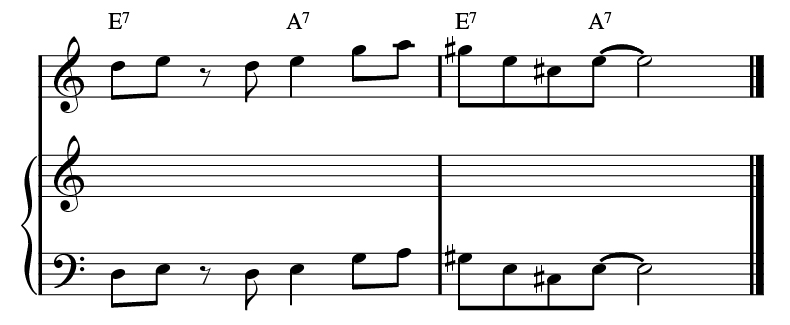
Or again, just play longer sustaining chords.
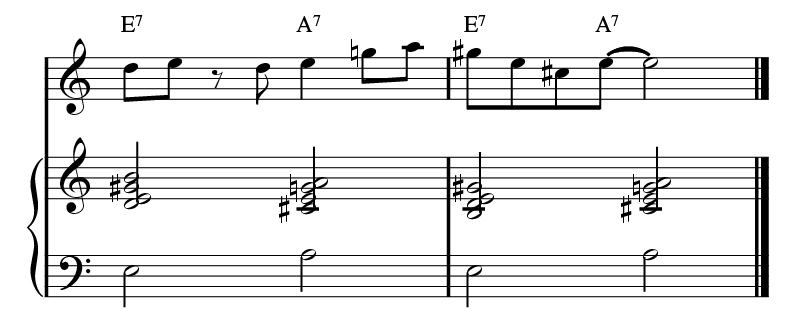
If the riff has strong accents, try playing sustaining chords mixed with a few accents to support the riff.
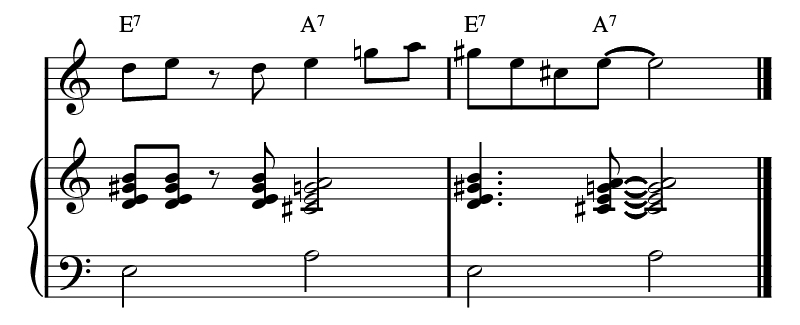
5. Use Basic Rock Power Chords Where Appropriate
If you are playing heavy rock music in a band with one or more guitars, the guitarists will often be playing what are called power chords. These contain only the root and the fifth, using this type of voicing:
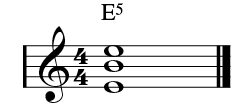
You should play pretty much the same type of voicing, being sure to leave out the third in your chords. I prefer only playing the root, with the fifth below it, leaving out the lower root note.
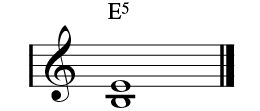
This smaller chord voicing (only two notes) seems to mesh better against guitar. Try using a wurly electric piano sound, or a distorted rock organ tone.
Following these tips will get you on your way to working well with your six-stringed brethren. Enjoy!
ALL KEYBOARD EXAMPLES PLAYED ON A YAMAHA P-515
Check out our other Well-Rounded Keyboardist postings.
Click here for more information about Yamaha keyboard instruments.











